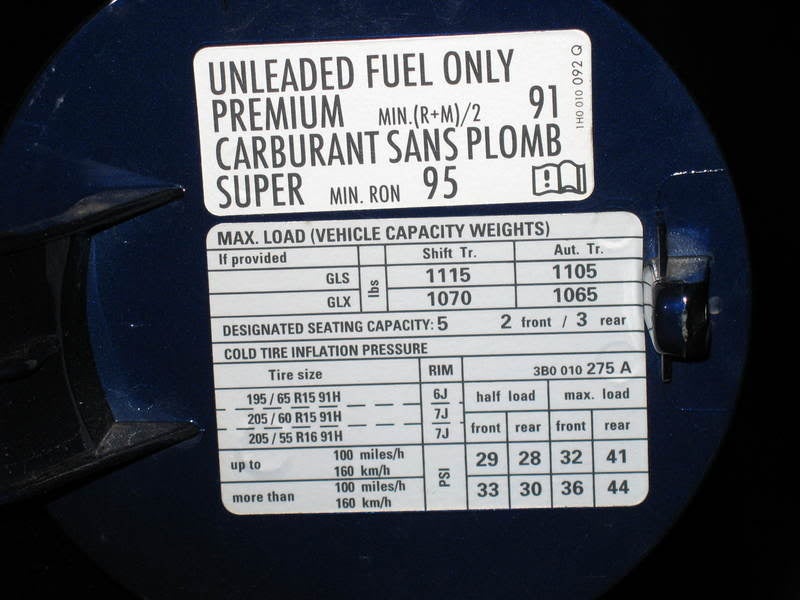From the Kumho website: "Air Pressure
What should I inflate my new tires to?
Air pressure for your new Kumho tire should be set in accordance with the vehicle manufacturer's specification if it's the same as the size originally equipped on your vehicle. The vehicle manufacturer's recommendation can usually be found in the owner's manual, on the door jamb or in the glove compartment."
From the Michelin website:
"Where can I find the recommended pressure for my tires?
In the vehicle owner's manual.
On a sticker on the driver's door or the gas tank door.
Do not use the number on your tire’s sidewall, as this does not indicate the pressure needed in your tire."
Bridgestone: "Always keep the vehicle manufacturer’s recommended inflation pressure in your tires, including the spare."
Continental: "The correct tire pressure can be found in the following places:
in the car's owner manual
gas tank lid
driver's side door's edge
door post
The air pressure listed on the side of your tire is NOT the correct air pressure for your vehicle. That number is the maximum air pressure for the tire"
What should I inflate my new tires to?
Air pressure for your new Kumho tire should be set in accordance with the vehicle manufacturer's specification if it's the same as the size originally equipped on your vehicle. The vehicle manufacturer's recommendation can usually be found in the owner's manual, on the door jamb or in the glove compartment."
From the Michelin website:
"Where can I find the recommended pressure for my tires?
In the vehicle owner's manual.
On a sticker on the driver's door or the gas tank door.
Do not use the number on your tire’s sidewall, as this does not indicate the pressure needed in your tire."
Bridgestone: "Always keep the vehicle manufacturer’s recommended inflation pressure in your tires, including the spare."
Continental: "The correct tire pressure can be found in the following places:
in the car's owner manual
gas tank lid
driver's side door's edge
door post
The air pressure listed on the side of your tire is NOT the correct air pressure for your vehicle. That number is the maximum air pressure for the tire"
Last edited:

